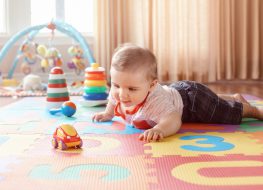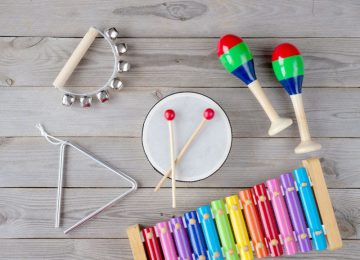
Balance bikes are a great way for toddlers to train and develop key motor skills. The best part is these starter vehicles don’t have complex mechanisms. That said, safety should always come first in all stages of your child’s growth, including teaching your toddler how to ride balance bikes—the best toddler bike helmet is the only option.
This blog post will talk about what safety gears and preparations you should do before putting your kids behind the handlebar and why you must find an appropriate bike helmet suitable for your child.
Benefits of a Balance Bike for Toddlers
With the help of a balance bike, toddlers as young as 24 months old can learn the basics of bike riding, develop confidence, and easily advance to a regular bike when they get older. It’s not just about learning how to ride a bike; it also entails a significant amount of coordination.
Core bike skills include steering, pedaling, braking, and balancing a bike. Even with your help, it might be intimidating and frightening for your youngster to learn these. Still, a balance bike will assist them in mastering the two most challenging elements of bike riding—changing directions and balancing—without putting them at risk of injury. The toddler can discover other skills, like pedaling and braking, later on as they gain more confidence.
But what is a balancing bike, specifically? These are gearless, chainless bikes for early learners that also don’t have pedals and brakes. It also has two sets of wheels, one in front and another at the back, to keep the balance. Unlike bikes with training wheels that imitate one’s sense of balance while keeping the steer upright, balance bikes train the first vital skills in riding a bike without being intimidated by the complexity of the chains and handbrakes.
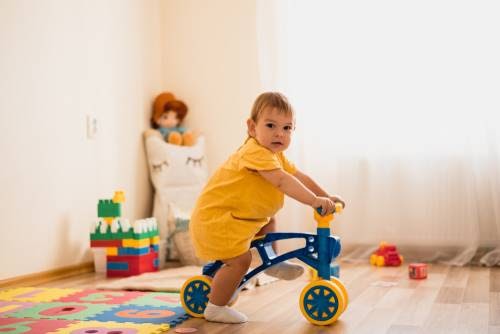
Finding the Best Balance Bike for Your Child
It would be their very first bike, so it’s best to find the perfect design and model for your kid. There are several choices in the market for your child’s first balancing bike. These vary in function, height, and features. If you’re a busy parent, find the kind that is safe and easy to assemble. Bikes with slip-resistant wheels are also a safer choice. Also, opt for limited steering so that it will not injure the toddler when maneuvering the bike.
A good experience starts from choosing the appropriate toddler bicycle to hone their skills. Find balancing bicycles engineered to be high-quality, durable, and comfortable while also being toddler-friendly.
Here’s a simple step-by-step guide in identifying the correct size of balance bikes for your toddler:
- First, situate the kid like he is riding a bike, place the kid straddling the top bar with both feet firmly planted on the ground.
- There should be between 1 and 3 inches (2.5 and 7.6 centimeters) of the distance between the kid and the top bar.
- Check the seat, handlebars, and wheels if they are properly tightened.
- Check your tires for adequate air and the correct tire pressure.
- Make sure to buy the appropriate and best toddler bike helmet for the balance bike together with the bike so that a toddler won’t use it ahead of time and catch a potential injury.
Investing in the Proper Safety Gear
When indoors, a well-established play space provides enough safety precautions for the toddler learning to ride a balance bike. But when choosing to play outside, it doesn’t hurt to gear up your child accordingly to avoid any injuries.
For your kid’s first time behind the wheels, practice safety by investing in the best infant toddler bike helmet and equipment for riding. In addition, elbow and knee guards are advised to help kids find their feet on a balance bike safely and comfortably. We’ve often witnessed that knee and elbow pads provide youngsters with a sense of security, encouraging them to venture outside their comfort zones.
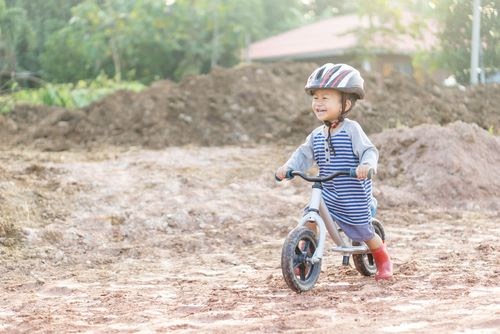
There are many elbow and knee pad choices based on features like the materials used, the volume of the pad, the aerodynamic cooling vents, and its stretching capacity. Make sure that both the knee and elbow pads are tailored to give maximum protection. It is also advisable to make your toddler wear safety gloves. First attempts are not always successful, so when the toddler’s initial reaction is to support his hands, make sure they have gloves for extra protection.
In choosing among the best-rated toddler bike helmet, there are many things you should consider, including the following:
- Ensure the helmet’s coverage. Measure your kid’s head circumference. A helmet must be a snug fit to protect the most crucial parts while not obstructing the user’s vision.
- Your little kids have very delicate necks, so choose a material that’s durable but also lightweight.
- Make sure that the helmet is comfortable and doesn’t get in the way of your kid’s movements.
- Consider the adjustability and type of buckle. Make sure that both you and the kid know how to manipulate and adjust the helmet. Furthermore, the best-rated toddler bike helmets often have an adjustable chin strap and a magnetic buckle.
- Kids value designs. Get more interesting patterns to draw your kids’ attention.
- In keeping the best toddler helmet for balance bike training in its tip-top shape, make sure that it is always kept clean. Place it in the proper area where it won’t be easily dropped or stepped on. Broken helmets don’t guarantee the wearer’s safety.
A Toddler-Friendly Space for Your Curious Little One
Our toddlers are natural discoverers, and our house is their biggest discovery zone. Children learn by investigating their surroundings and attempting new activities. However, keeping your perplexed toddler safe while they explore and learn can be a challenging task.
Toddlers will naturally search for what’s beneath the sofa (and presumably taste it), reach out for things that might fall over, and otherwise run or crawl around the house without regard to any potential hazards if left to their own devices. Therefore, a safe play area should be carefully planned and executed to ensure the safety of your child.
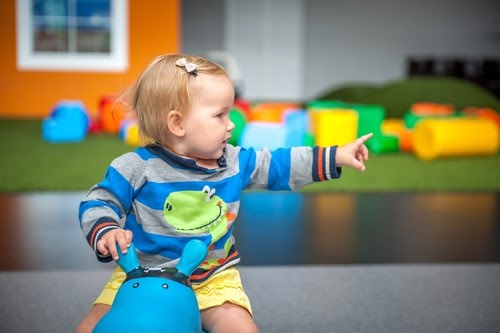
Provide an enclosed area to play with these things in mind:
- Always check the space for unprecedented risks. Make sure that before dropping your little toddlers in their usual play space, look for possible damages. Also, check if equipment like assembled slides and ball pits are in good condition. There should be no little objects lying unattended that can be a potential threat for choking and swallowing, which might also contain germs and could cause sickness.
- Put away chemicals in places not accessible to toddlers, like toxic materials and things that can trigger allergies. Keep the whole house toddler-friendly
- As much as possible, cushion the ground. There are various ways to set up padded floors and safe play areas, and you can find these products online. Soften corners by putting special cushions. Cover any electrical outlets and prefer using kid-friendly appliances.
Keep in Mind:
Balance bikes paired with the best toddler bike helmets are a great way to help your little ones achieve milestone after milestone. Therefore, it is important to never settle for less and always choose the best quality for these safety products.
Developing your child’s cognitive and motor skills can be challenging, but these toddler-friendly products make it easier and more fun. So share these ideas with moms out there and know that teaching your child these valuable skills can also be a fun bonding experience!


